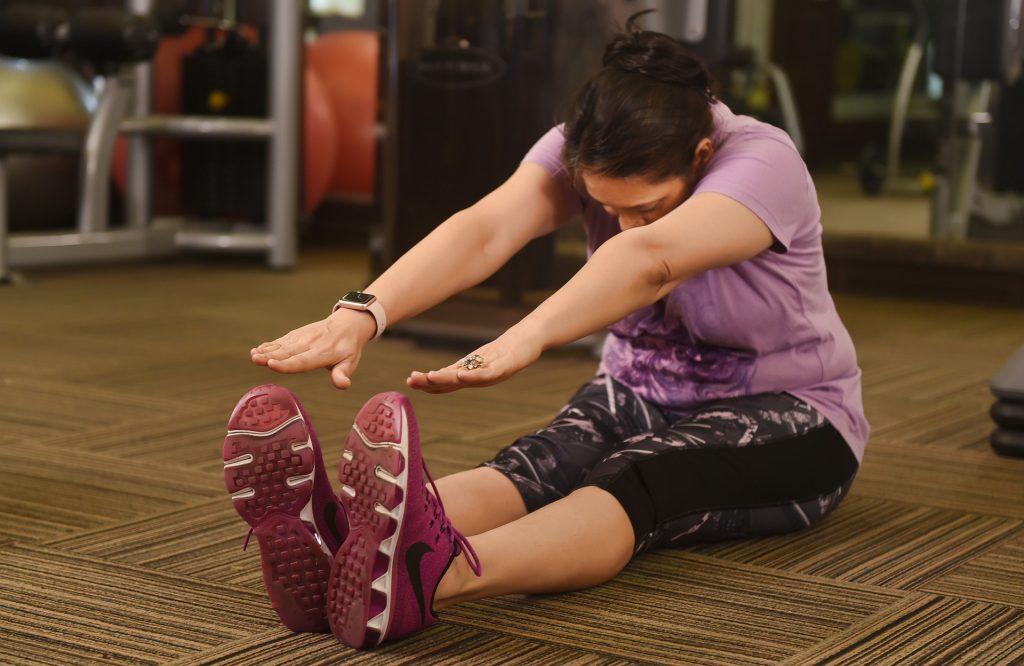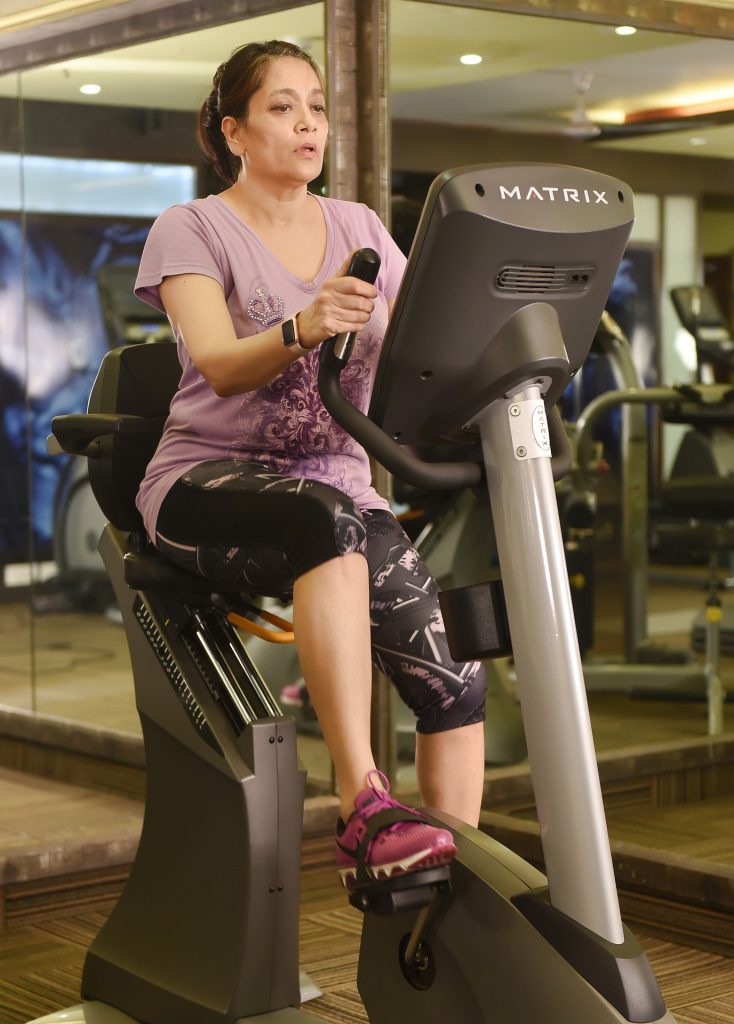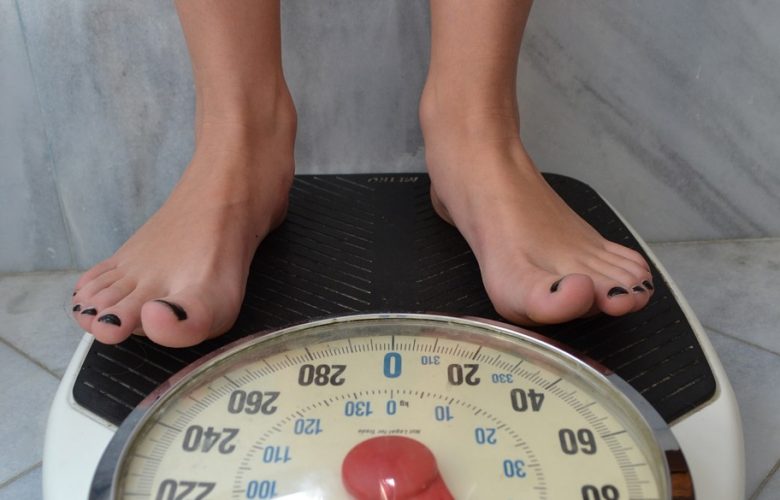Believe it or not, resting and recovery can help you lose weight! As long as you are not using your rest time to sit back and pile in the carbs though… Resting gives your muscles time to repair and rebuild themselves between workouts. As muscle burns more calories than fat, if you have more muscles, you’ll burn more calories while resting. Recovery training will help you lose weight.
Here are some of the ways recovery training can help you lose weight:
- Encourages you to stick to an exercise routine
- Encourages you to sleep better
- It lets muscles repair, and you can perform the best of your ability
How do rest and recovery help you to lose weight?

Rest and recovery don’t only make you feel refreshed as you are leaving your muscles to rest. Incorporating rest and recovery into your training will encourage you to stick to your exercise routine. Rest and recovery will help you to continue to meet your fitness goals. With adequate recovery training, you’ll be bound to feel determined to stick to a routine, which ultimately leads to shedding those pounds.
Recovery training can also help to improve muscle health and overall performance. This will mean that you don’t have to worry about if your form might not be on point, but you’ll be more likely to perform exercises with the correct form and posture, giving better results and burning more calories. In-addition, everyone knows that if you experience any joint pain when training, you will have to skip a few sessions to leave your joints to recover. Incorporating recovery training right from the beginning of your fitness journey won’t slow down your weight loss journey, but in-fact speed it up!
Rest and recovery techniques and tools
To aid your recovery process, you could use recovery tools such as a foam roller or massage gun. This will help reduce tightness in muscles and help alleviate DOMS (Delayed On-Set Muscle Soreness). Using muscle recovery equipment pre and post-workout can be a great way to get the blood pumping around the body and help you achieve peak performance.
Rest and recovery – the science behind it

Post-exercise, your muscles need time to repair. As by exercising, you are actually causing micro-tears to the muscle, once you have worked out, this is what causes the area to hurt so much, as the muscle becomes inflamed. However, as brutal as it may sound, this process is a key part of building muscle and gaining strength. As you might not typically associate muscle gain and weight loss together as one, it has been proven that muscle burns more calories than fat.
During rest days, this is when the magic starts to happen, as well as decreasing the risk of muscle strain, your muscles will build and grow when given time to recover and repair.
Studies have also shown that people who sleep for longer, approximately between six and eight hours, have a greater chance of achieving their weight loss goals than those who sleep considerably less or longer. If someone is not sleeping well and is under a lot of stress, this is associated with increased weight gain. As overtraining can vastly affect your sleep, making sure you regularly rest, will make sure you sleep better and lower stress levels, helping you better achieve your weight loss goals.
Also, as muscles and metabolism go hand in hand for weight loss, more muscles mean a higher metabolism. This means that by incorporating rest into your training, you will be burning fat, even when you are sitting down!
So long as you are not eating away – that is!
When rest and recovery are paired with a sensible exercise and a healthy diet, rest and recovery definitely aid in the weight loss process.
Featured Image by Nancy Mure from Pixabay
